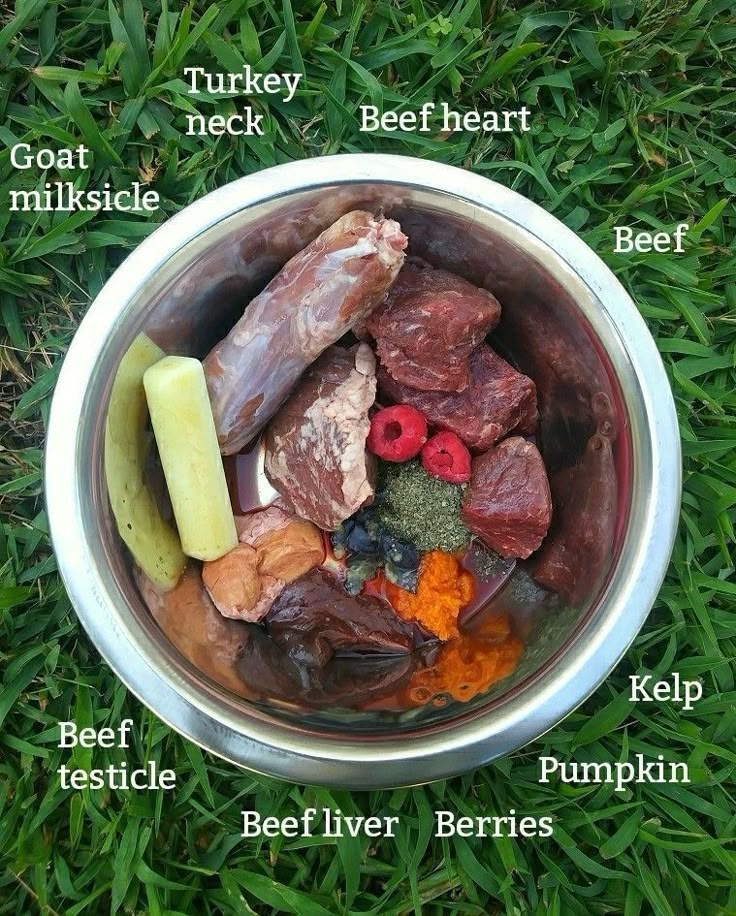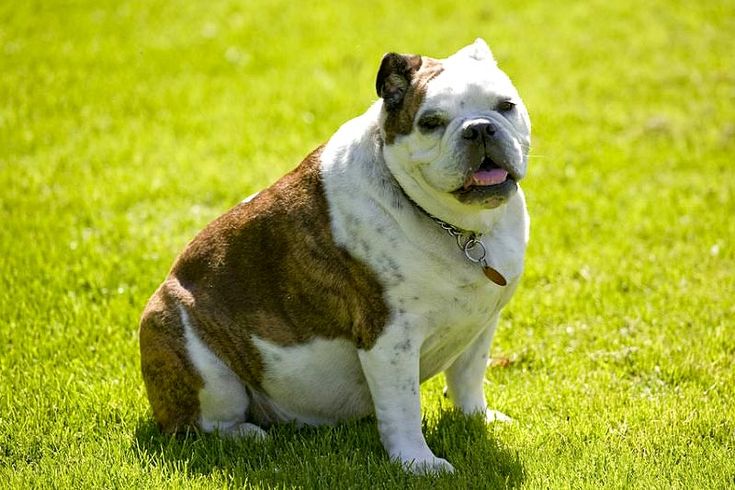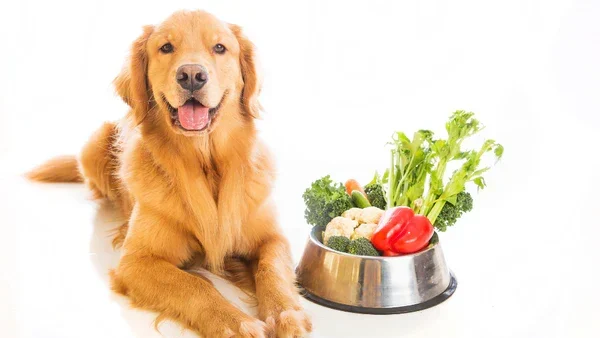
This text explores the growing interest in homemade and raw food diets for pets, emphasizing the importance of informed decision-making and expert guidance. Here’s a paraphrased summary:
The Appeal and Caution of Homemade and Raw Diets:
Many pet owners are drawn to homemade and raw food diets in hopes of providing optimal nutrition for their animals. However, these diets require careful planning and a deep understanding of nutritional needs.
Homemade Dog Food:
While homemade food is a labor of love, it often lacks complete nutrition. Expert advice, like that from Dr. Sarah Dodd, stresses the importance of balanced macronutrients and avoiding common nutritional deficiencies. Most homemade recipes should supplement, not replace, commercially balanced food. Veterinary nutritionists should guide any homemade diet to ensure it meets all necessary macro and micronutrient requirements.
Raw Dog Food Diets:
Despite anecdotal reports of health improvements, major veterinary organizations like the AVMA and CDC warn against raw diets due to contamination risks and a lack of proven benefits over conventional food. Improvements seen in pets may stem from macronutrient changes rather than the food being raw. Cases of illness in both pets and owners highlight the need for caution.
Achieving Nutritional Balance and Safety:
Whether opting for homemade or raw diets, prioritize balance, safety, and completeness.
- Consult a veterinary nutritionist for a tailored diet.
- Use high-quality, fresh ingredients to minimize contamination.
- Understand the need for supplements to fill nutritional gaps.
Conclusion:
Providing the best for pets is commendable, but their health and safety must come first. Informed choices, backed by scientific evidence and expert guidance, are crucial for ensuring pets thrive on a nutritionally complete diet.




